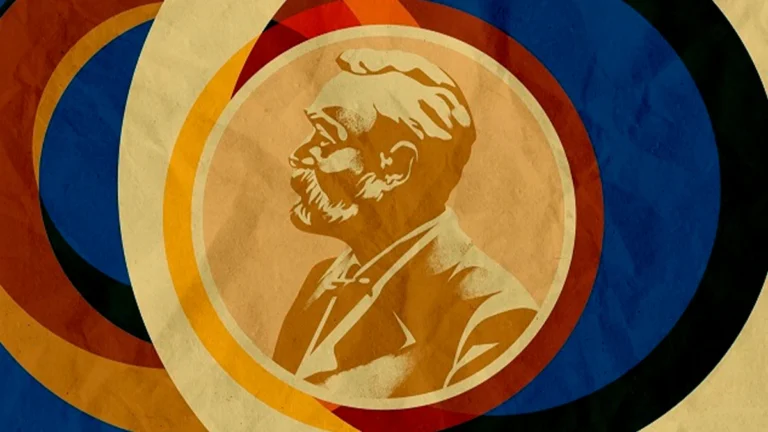In today’s technological world, 3D modeling is a potent tool for making digital copies of physical items and environments.
Because of its impressive realism, it has been adopted by a wide range of businesses. We’ve all probably benefited from the use of 3D modeling technology in various fields, from video games to architecture.
This article intends to explore into the world of 3D modeling, exploring its definition, how it works, and its various uses.
Table of Contents
What is 3D modeling?
The term “3D modeling” describes the method of employing specialist software to create digital representations of physical objects in three dimensions. They’re created on the computer using 3D modeling software.
To create 3D models that accurately reflect the physical environment, geometric data must be manipulated. Intricate detail and photorealistic textures are possible in 3D models because to the use of vertices, edges, and polygons.
How 3D modeling works
Vertices are the fundamental building blocks of a 3D model and, collectively, they constitute a mesh. The model’s shape can be altered by relocating individual points.
Creating a mental image of the final product is often the first step in the 3D modeling process. Rough sketches are often the first step in the creative process for engineers, designers, and digital artists.
Once the idea is solidified, it is transferred to a virtual working environment using appropriate tools. Each vertical and horizontal location are pinpointed with respect to a central point utilizing coordinate data.
Then, the desired form, texture, and features are realized by a variety of methods, including polygonal modeling, sculpting, and parametric modeling. With the addition of materials, textures, materials, animation, and lighting, the completed 3D model may be brought to life.
3D modeling uses
The use of 3D modeling software has revolutionized the way several fields of work are done. There are probably many things we use everyday that were modeled in 3D without ever understanding it.
Possibilities in it are limitless. It’s an extremely flexible material with many potential applications. Some common uses of 3D modeling are as follows:
1. Animation
The ability to fully rig and manipulate a 3D model is a huge boon when it comes to animation. For a polished, seamless look in animated films and TV shows, animators rely on 3D models. 3D modeling is utilized to make everything from environments to characters to props and beyond.
Most animated films nowadays use 3D animation software. However, the ability to animate is not limited to the animation industry. It’s also useful for creating special effects in movies.
2. Architecture and construction
Its use allows architects to go beyond the limitations of 2D drawings. Thanks to advances in technology, we can now imagine what a finished structure will look like in three dimensions.
Buildings and structures can be designed and visualized with the help of 3D modeling by architects and engineers. It helps to communicate with clients and contractors, provides accurate depictions of areas, and makes it easier to spot design errors.
The use of 3D modeling in modern architectural design is essential, as it can expose problems with structures that 2D drawings cannot.
3. Product design and manufacturing
There is a good chance that 3D modeling was used in the production of many of the items we use every day. Developing a 3D digital model of what you’re selling before making a physical prototype allows us to see problems and make corrections before production begins. The simple ability to compare the object’s dimensions to those of similar products can have a significant impact on manufacturing.
In order to generate prototypes and see how their designs would look in the finished product, industrial designers use 3D modeling. It allows for functional testing, ergonomic analysis, and iterative design exploration.
Sustainable product design is an excellent move in the right direction, and it also reduces waste compared to alternatives like building prototypes and samples.
4. Medical and healthcare
Through 3D printing, 3D models are usable in fields including medicine, surgery, and prosthetics. Surgeons may learn more about intricate anatomical structures, prepare for surgeries, and even make custom implants using 3D models derived from medical scans.
5. Creation of 3D prints
The versatility of 3D printing lies in the fact that digital models may be transformed into tangible, real-world objects. There are an infinite number of practical applications for 3D printing beyond making plastic models and toys at home.
6. Marketing and advertising
Marketing initiatives benefit from the use of 3D modeling to produce engaging visual material. It makes it possible to make photorealistic images, visuals for products, and VR experiences.
7. Development of games
The creation of video games is probably the most well-known application. Video games rely heavily on 3D models for the creation of its characters, environments, and objects, as well as entire worlds. Immersion is the name of the game, and it is a terrific approach to create immersive environments.
The field of virtual reality gaming is an exciting new frontier, and 3D modeling plays a crucial role there. The player in a virtual reality game is completely submerged in a simulated environment.
Want to be more creative?
The world of 3D modeling is a fascinating one, ripe with potential for growth and innovation. It’s a lucrative field that’s experiencing rapid expansion.
Having read this article and want to be more creative, you should have a deeper understanding of 3D modeling and a stronger desire to become an expert.
Read also: How the metaverse development is driven by creativity and all the current possibilities












